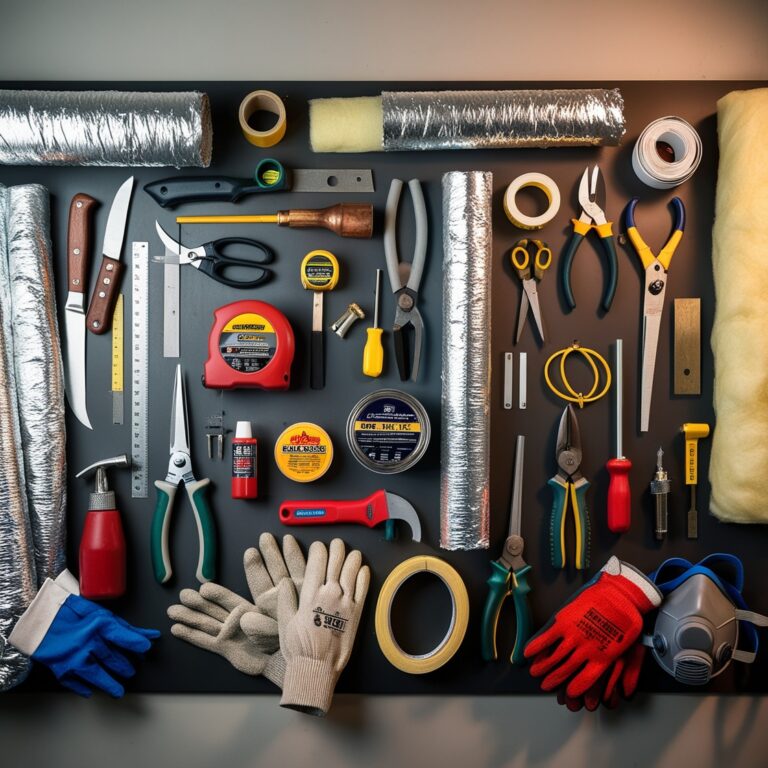Insulating air ducts is a crucial aspect of maintaining energy efficiency and indoor air quality in residential and commercial buildings. When it comes to HVAC systems, the ductwork that carries heated or cooled air plays a fundamental role in ensuring comfort. Properly insulated air ducts not only help control indoor temperatures but also have a significant impact on energy savings and environmental sustainability.
Why Insulate Air Ducts?
-
Energy Efficiency: Insulating air ducts helps in preventing heat loss or gain as air moves through the system. Uninsulated or poorly insulated ducts can lead to energy wastage, causing HVAC systems to work harder and consume more energy to achieve the desired temperature.
-
Improved Air Quality: Insulation can act as a barrier, preventing the entry of dust, allergens, and other contaminants into the ductwork. This not only ensures better air quality but also reduces the frequency of duct cleaning and maintenance.
-
Condensation Control: In humid climates, insulating ducts helps prevent condensation on the duct surface. Condensation can lead to mold growth and degradation of the duct material, impacting both indoor air quality and system efficiency.
-
Consistent Temperature: Insulated ducts maintain a more consistent temperature of the air being delivered. This results in a more comfortable indoor environment and minimizes the need for temperature adjustments.
Types of Duct Insulation
There are various insulation materials available for insulating air ducts, including fiberglass, foam board, and foil-backed insulation. The choice of material depends on factors like budget, local climate, and system design.
Installation and Maintenance
Proper installation of duct insulation is essential to maximize its benefits. It’s crucial to seal any gaps or joints in the ducts and insulation material to prevent air leaks. Regular maintenance, such as checking for wear and tear, is important to ensure the longevity and effectiveness of the insulation.
In conclusion, insulating air ducts is a smart investment in energy efficiency, indoor air quality, and long-term cost savings. It’s a critical component of any HVAC system and should not be overlooked. By choosing the right insulation materials and maintaining the system, you can create a comfortable and sustainable indoor environment.
Si tienes alguna sugerencia o cambios que desees realizar en este artículo, no dudes en hacérmelo saber. Estoy aquí para ajustarlo según tus necesidades. Una vez que estés satisfecho con este artículo, continuaré con los siguientes temas.




